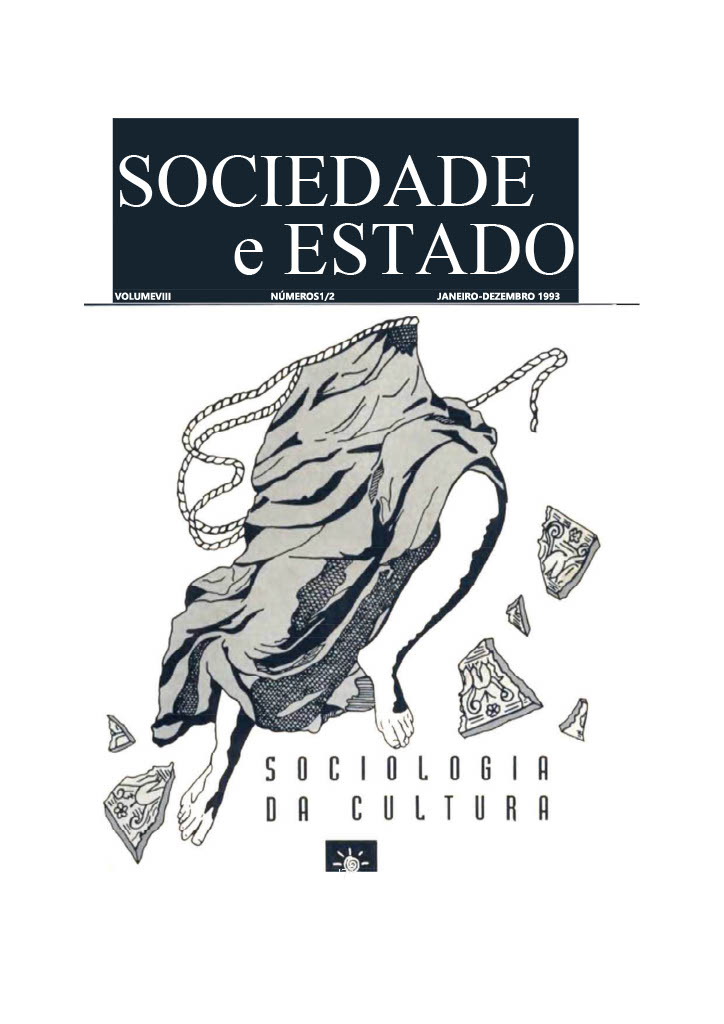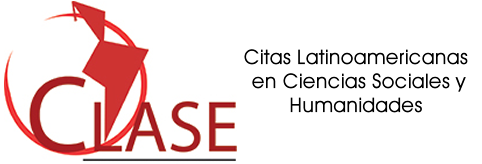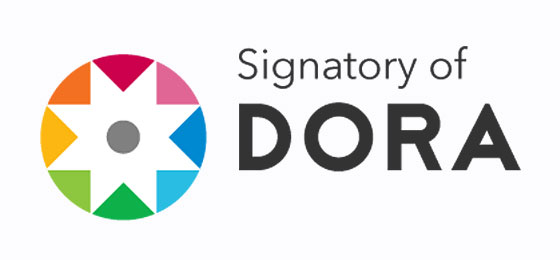VERSÕES DO BARROCO: MODERNO E PÓS-MODERNO
Keywords:
.Abstract
Nowadays, in variou cultural areas, we can observe a vivid interest for the Baroque. In the 20th century, indeed, different national traditions have reevaluated the place of the Baroque in their cultural history. The author of this essay claims that we do not have to deal with a return to the baroque in historical terms, and even less with a nostalgic attitude towards the Baroque, but with a return of the Baroque in a specific historical context. This return,in fact, is part of a crisis of modernity. More precisely, a double hypothesis will be developed: the contemporary return of the Baroque is at the same time a reactivation of the melancholy side of modernity and a dismissal of the utopian side of modernity.
Downloads
References
ANCESCHI, Luciano. L'idea del barocco. Studi su un problema este tico. Bologna, Nuova Alfa, 1984.
BENJAMIN, Walter. Ursprung des deutschen Trauerspiels. Gesammelte Schriften. Vol. I, 1, Suhrkamp, Frankfurt a. M., 1974.
BEVERLEY, John. "Nuevas vacilaciones sobre el Barroco". Revista de Crítica Literaria Latinoamericana, XIV, n° 28, 1988, 215-227.
BROWN, Marshall. "The Classic is the Baroque. On the Pinciles of Wolfflin's Art History". Critical Inquiry 9, 1982, 379-404.
BUCI-GLUCKSMANN, Christine. La Raison baroque, De Baudelaire à Benjamin. Galilée, Paris, 1984.
. La Folie du voir, De I'esthetique baroque. Galilée, Paris, 1986.
. Tragique de I'ombre, Shakespeare et le Maniérisme. Galilee, Paris, 1990.
CALABRESE, Omar. L'etd neobarocca. Laterza, Bari, 1987.
DE CAMPOS, Haroldo. O sequestro do Barroco na formação da literatura brasileira: O caso de Gregório Matos. Fundação Casa de Jorge Amado, Salvador, 1989.
CROCE, Benedetto. Storia delTétà barocca in Italia. Laterza, Bari, 1946.
GARBER, Klaus. "Benjamins Bild des Barock". in Garber, Rezeption und Rettung.Drei Studien zu Walter Benjamin. Niemeyer, Tubingen, 1987.
DELEUZE, Gilles. Le Pli, Leibniz et le Baroque. Minuit, Paris, 1988.
GUGLIELMI, Guido. "Barocchi e modemi". Il Verri, Rivista di letteratura. 1987, 97-110.
JAMESON, Fredric. Postmodernism, The Cultural Logic of Late Capitalism.. Duke University Press, Durham, 1991.
Magazine Littéraire, 300 (L’Age Baroque), 1992, 20-81.
MARAVALL, José Antonio. La cultura del Barroco. Ariel, Barcelona, 1975.
LEPENIES, Wolf. "Das Ende der Utopie und die Riickkehr der Melancholie. Blick lauf die Intellektuellen eines alten Kontinents". Neue Ziircher Zeitung sábado-domingo 4 e 5 de julho/57-58, 1992.
SCARPETTA, Guy. LTmpureté. Grasset, Paris, 1985. . L'Artifice. Grasset, Paris, 1988.
STEINER, Uwe. "Allegorie und Allergie. Bemerkungen zur Diskussion um Benjamins Trauerspielbuch in der Barockforschung", Daphis, XVIII, n° 4/641-701, 1989.
WÕLFFLIN, Heinrich. Renaissance und Barock. Schwabe, Basel, 1965. . Principles of Art History. Dover Publications, New York, 1940.
Downloads
Published
How to Cite
Issue
Section
License
Copyright (c) 2022 Revista Sociedade e Estado

This work is licensed under a Creative Commons Attribution-NonCommercial 4.0 International License.




.jpg)



















